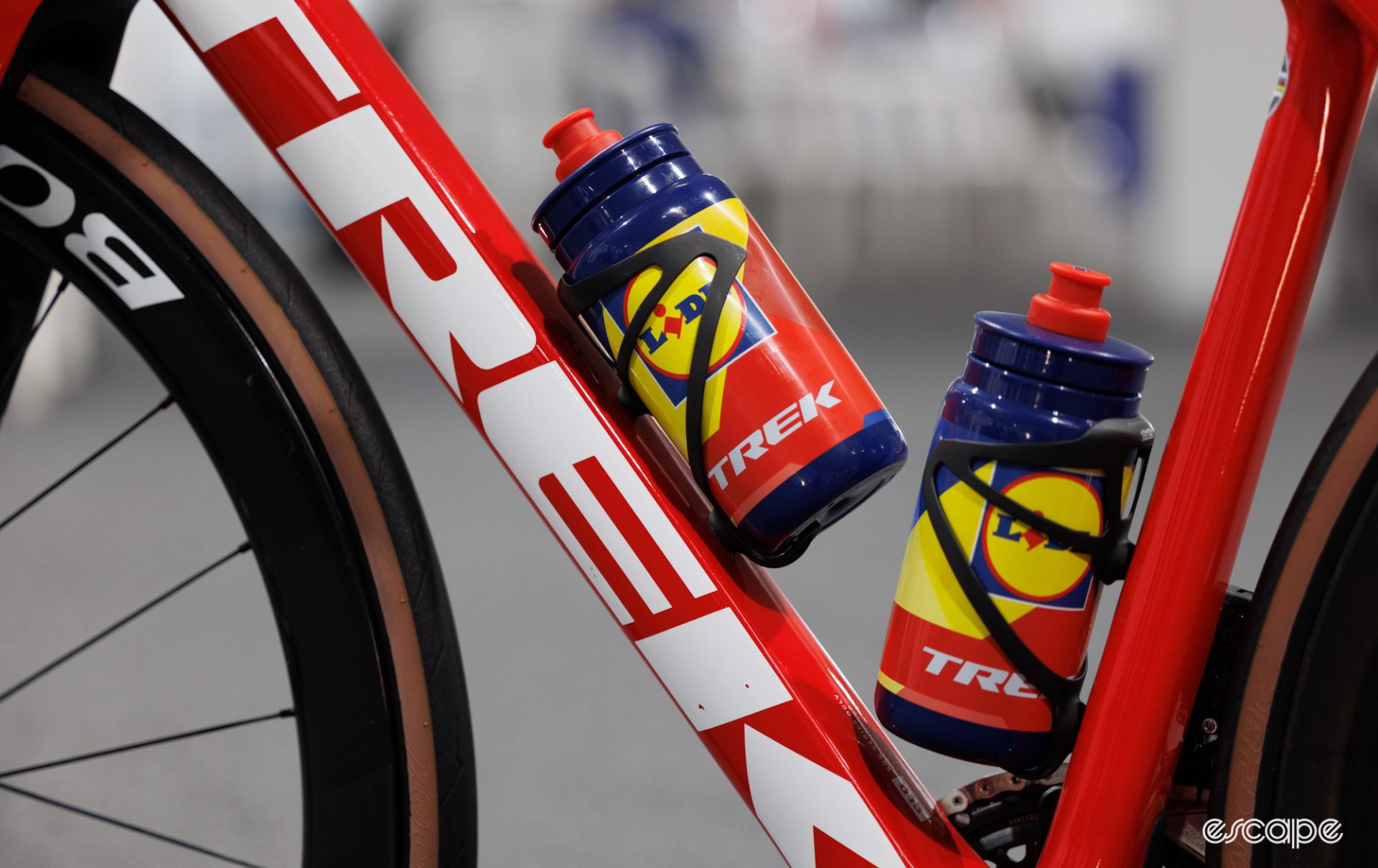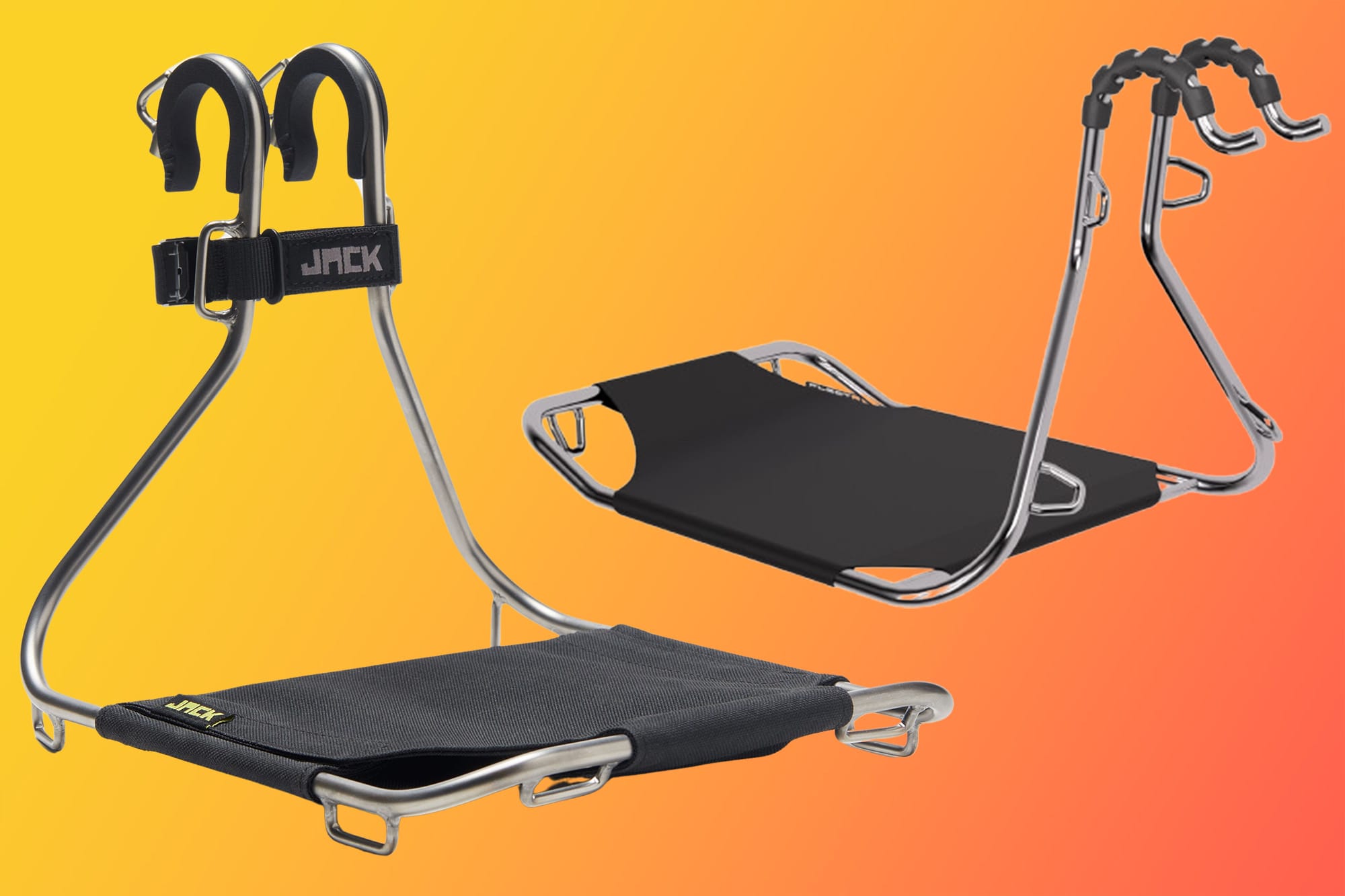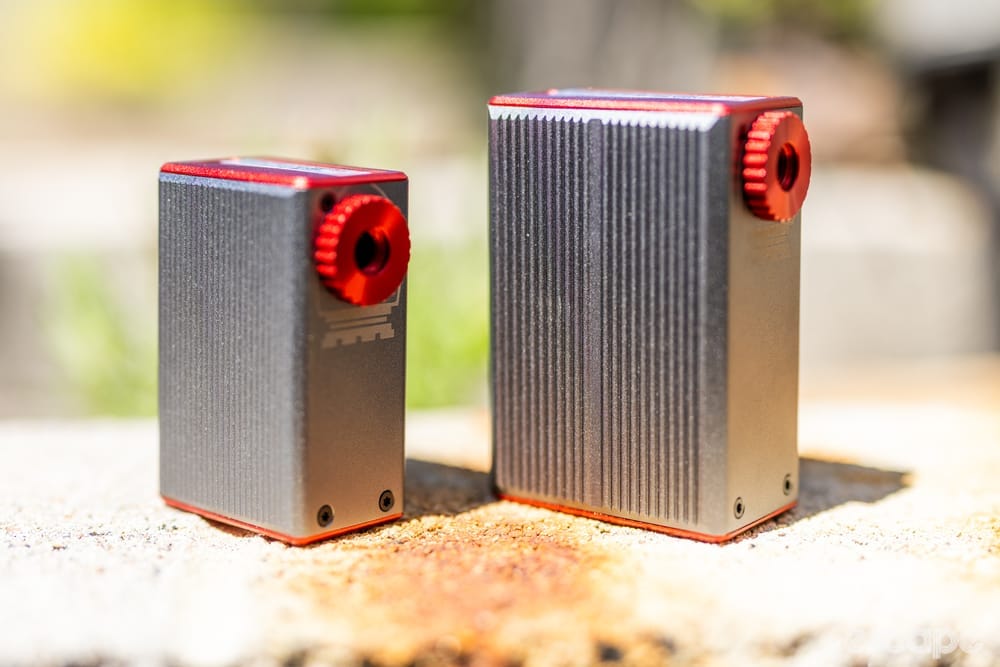The great unwinding continues in the bike industry. On the heels of negative financial results for many companies in the space, Trek Bicycles will cut its overall spending by 10%, according to a memo from president John Burke that was originally reported by Bicycle Retailer and Industry News.
According to the memo, which Bike Retailer obtained, Burke outlined a strategy where Trek will reduce both its overall inventory volume – by some 20% measured by days in stock – and the number of SKUs (stock keeping units) in its lineup by an even larger 40% by the 2026 model year; that is, by next spring. Each color and size option in a given product is a distinct SKU – for example, the Émonda SLR 7 comes in seven colors and eight sizes, for a total of 56 SKUs – so this does not represent an across-the-board 40% cut in the number of models of bikes, wheels, helmets and other gear. But there's no hiding a 40% reduction; it's clear that in the near future, fewer options will be available.
In the memo, Bike Retailer reports, Burke characterized the industry as "in chaos" and said Trek had not met its internal sales goals for the last 15 months straight. While the scope of job cuts was not mentioned in the memo, layoffs will also be part of the spending reduction.
The Trek news comes as any number of companies in the industry are facing similar economic headwinds, some of them arising from industry decisions during the pandemic bike boom, as well as supply chain issues, which have combined to leave them massively overstocked. Many brands and retailers have large inventory overhangs and are now blowing out product at significant discounts: bikes, frames, even major components at 40% off, for instance. Kona – which is moving a warehouse from Washington to Utah – even briefly offered a buy one-get one deal on its Process full-suspension bikes.
But a longstanding problem in the bike industry is a persistent inability for many companies to accurately forecast demand, which the pandemic boom and supply chain issues magnified. While lead times are finally decreasing from the year or more that was common during the pandemic, product development cycles and order windows remain relatively far out. As Trek and other brands drastically cut back on both production volume and model lineups, that raises the question of whether the moves are an over-correction, and the industry tips back to scarcity at some point in the next 1-2 years.
Did we do a good job with this story?






